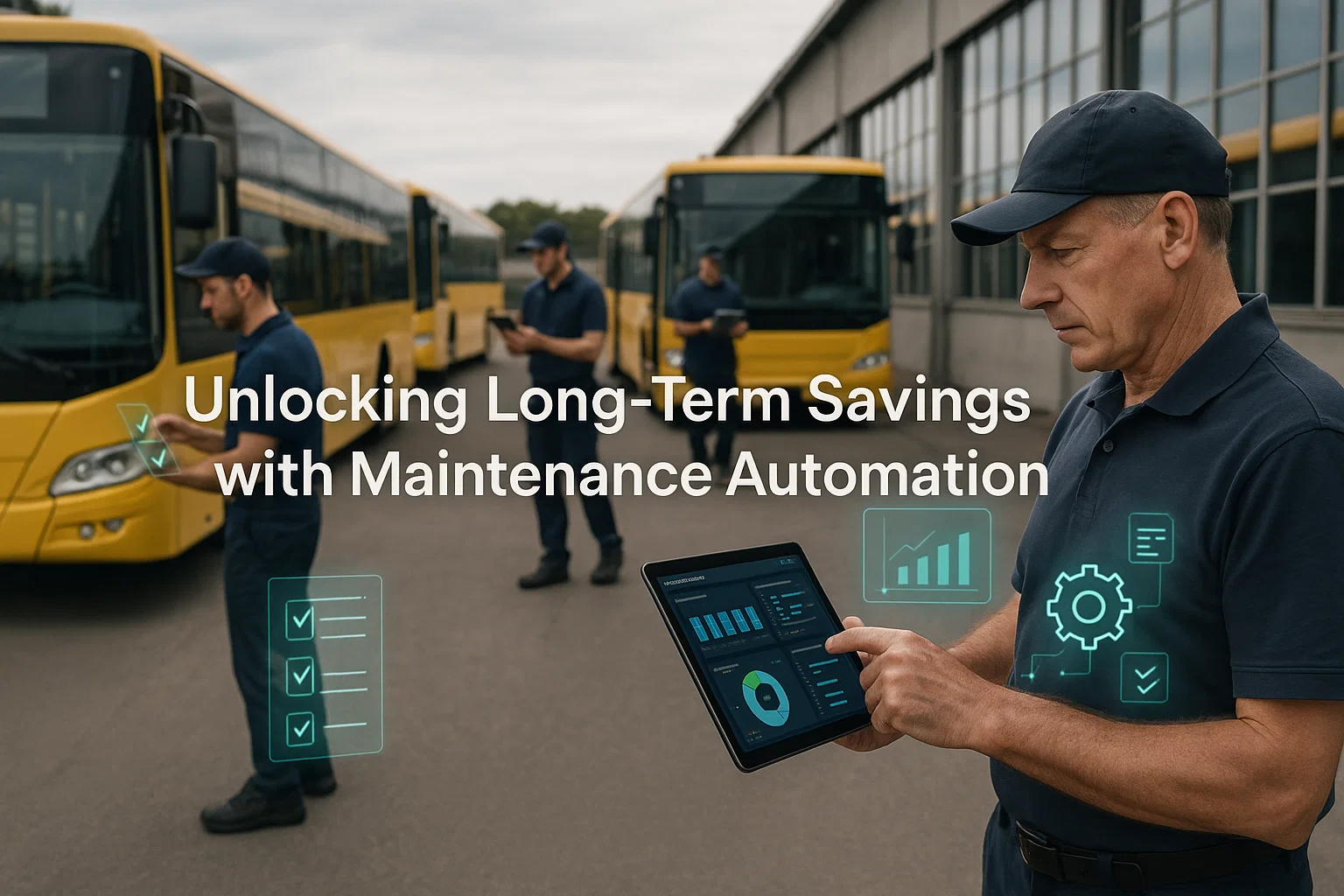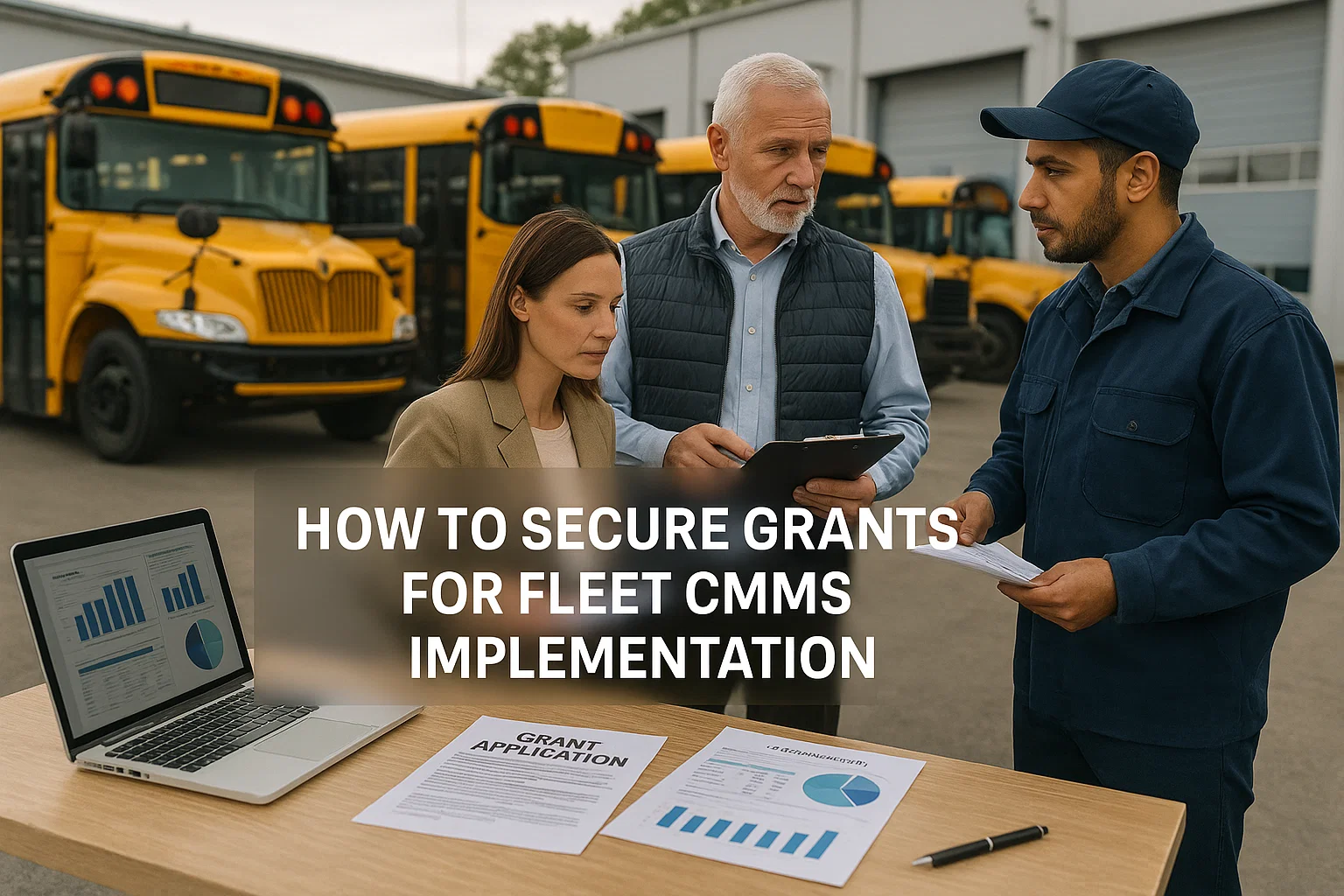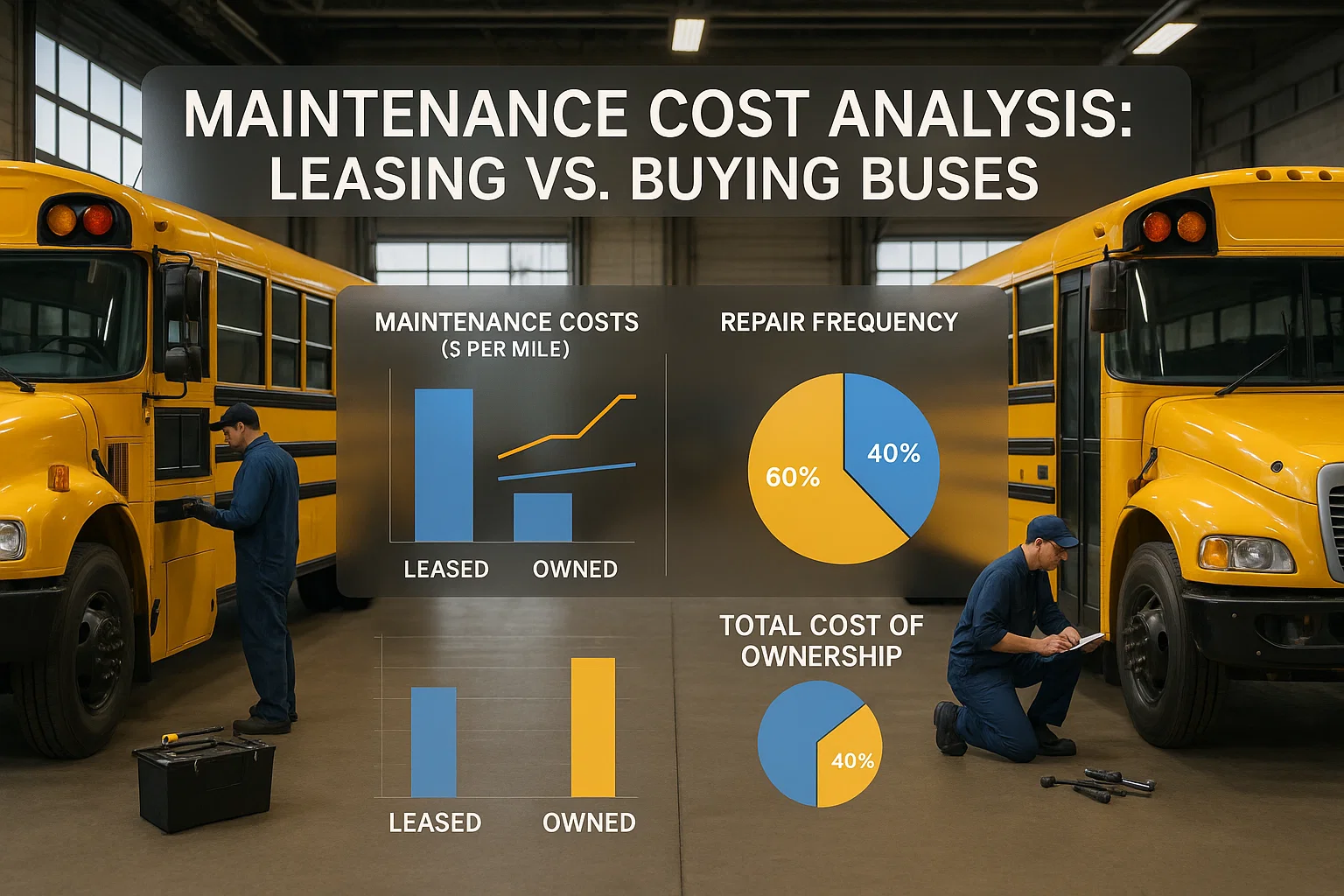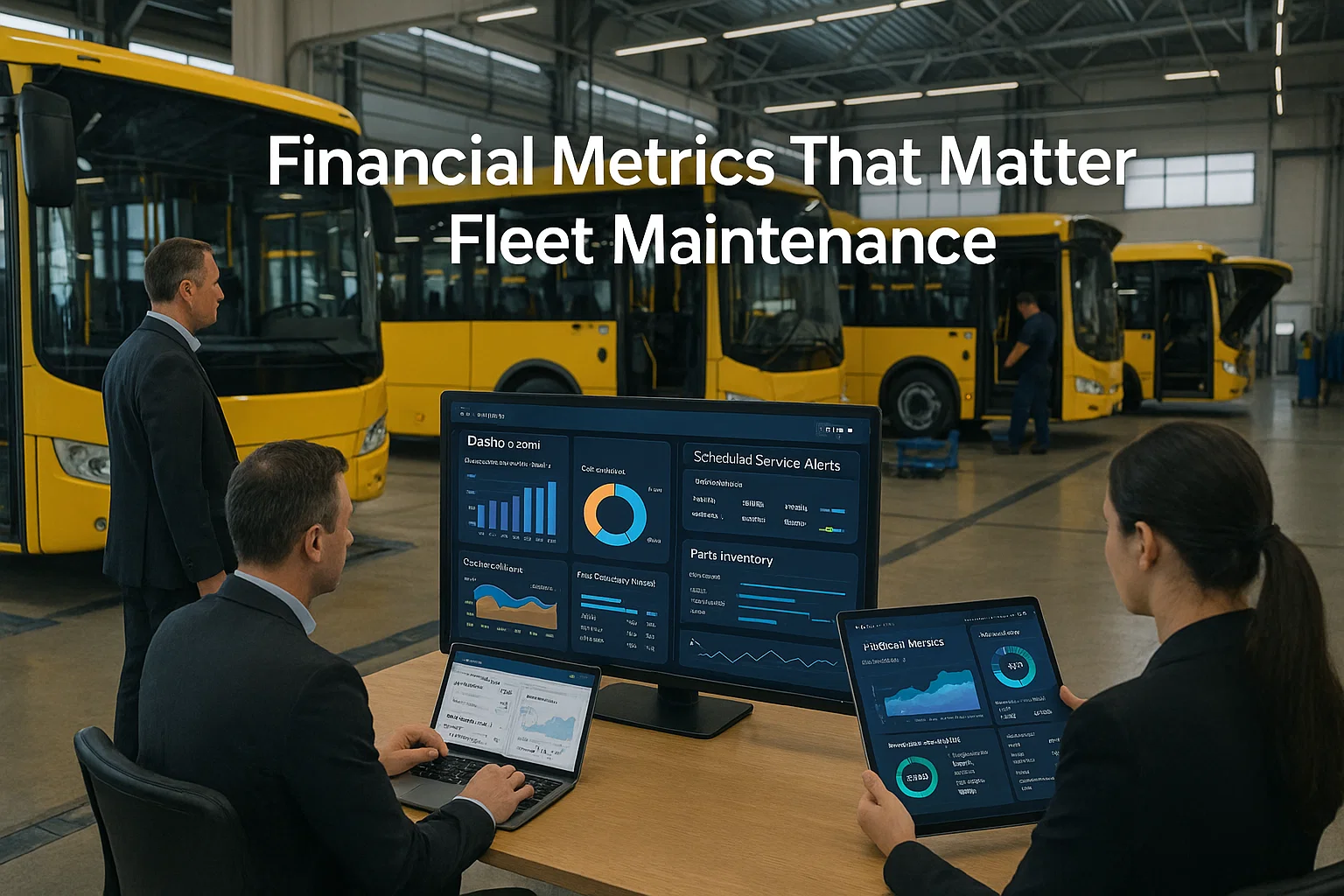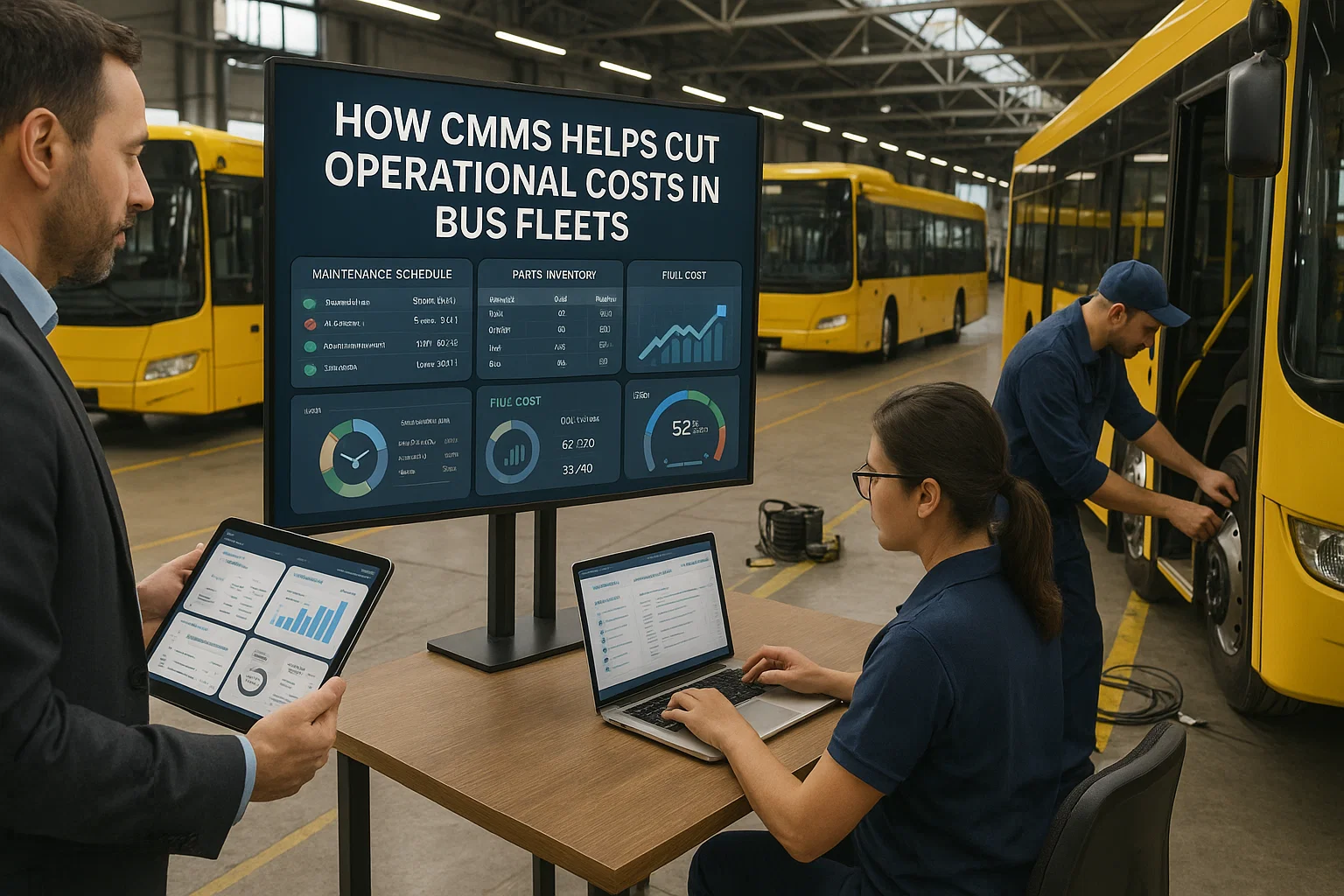The digital transformation of US bus fleet operations has reached a pivotal moment where system integration determines competitive advantage. Computerized Maintenance Management Systems (CMMS) serve as the cornerstone of this transformation, unifying disparate operational technologies into cohesive, high-performing ecosystems.
Industry research from the Transportation Research Board indicates that fleet operators implementing comprehensive CMMS integration achieve 42% improvements in overall system performance while reducing operational silos by 65%. These remarkable gains demonstrate the transformative power of integrated fleet management.
Modern platforms like Bus CMMS excel at breaking down technological barriers, creating seamless data flows between maintenance, dispatch, finance, and compliance systems. This integration enables unprecedented operational visibility and decision-making capabilities across entire fleet operations.
Understanding CMMS Integration Architecture
CMMS integration extends beyond simple data sharing to create intelligent workflows that automatically coordinate activities across multiple operational domains. This architectural approach transforms isolated systems into unified platforms that multiply operational efficiency.
Core Integration Components
API Connectivity
Modern REST and GraphQL APIs enable real-time data exchange between CMMS and external systems
Data Standardization
Unified data models ensure consistent information flow across all integrated platforms
Workflow Automation
Intelligent triggers and actions coordinate activities across departments automatically
Transformative Benefits of Integration
Operational Excellence Through Connected Systems
When Bus CMMS integrates with existing fleet systems, organizations experience dramatic improvements in operational performance through enhanced coordination and automated workflows.
- Predictive Maintenance Accuracy: Integration with telematics systems enables 85% accurate failure predictions
- Resource Optimization: Unified scheduling across maintenance and operations reduces downtime by 40%
- Cost Visibility: Financial system integration provides real-time cost-per-mile analytics
- Compliance Automation: Regulatory reporting becomes 75% faster through integrated documentation
Essential Fleet System Integrations
Successful CMMS implementation requires strategic integration with key operational systems. Bus CMMS provides pre-built connectors and flexible APIs to ensure seamless connectivity with critical fleet technologies.
Integration Categories
Telematics Integration
Real-time vehicle diagnostics feed directly into maintenance planning, enabling proactive service scheduling based on actual vehicle conditions
Fuel Management Systems
Automated fuel transaction tracking correlates consumption with maintenance events and route efficiency metrics
Enterprise Resource Planning
Bidirectional data flow with ERP systems ensures accurate financial reporting and budget management
Strategic Integration Implementation
Achieving successful CMMS integration requires methodical planning and execution. Organizations leveraging Bus CMMS follow proven implementation frameworks that minimize disruption while maximizing value delivery.
Implementation Phases
Phase 1: System Assessment
Comprehensive audit of existing systems, data structures, and integration requirements to create detailed implementation roadmap
Phase 2: Data Migration
Careful transfer of historical data with validation protocols ensuring integrity across all integrated systems
Phase 3: Integration Testing
Systematic validation of data flows, automated workflows, and system performance under real-world conditions
Phase 4: Training & Optimization
Comprehensive staff training followed by continuous refinement based on operational feedback and performance metrics
Measuring Integration Success
Quantifying the impact of CMMS integration requires comprehensive performance monitoring. Bus CMMS provides advanced analytics dashboards that track key performance indicators across all integrated systems.
Critical Performance Indicators
- System Uptime: Integrated systems achieve 99.9% availability through redundant architectures
- Data Processing Speed: Real-time synchronization reduces information lag from hours to seconds
- Workflow Efficiency: Automated processes eliminate 60% of manual data entry tasks
- Decision Accuracy: Integrated analytics improve maintenance decisions by 45%
Overcoming Integration Challenges
Common Obstacles and Solutions
While CMMS integration delivers substantial benefits, organizations must navigate technical and organizational challenges. Bus CMMS provides comprehensive support to address these challenges effectively.
Legacy System Compatibility
Solution: Flexible middleware and custom adapters bridge gaps between modern CMMS and older fleet systems
Data Quality Issues
Solution: Automated data cleansing and validation ensure accurate information flows between systems
Change Management
Solution: Phased rollouts with comprehensive training minimize disruption and accelerate adoption
Financial Impact of CMMS Integration
Investment in comprehensive CMMS integration through Bus CMMS delivers measurable financial returns across multiple operational areas. Fleet operators report significant cost savings and efficiency gains.
Return on Investment Breakdown
Maintenance Cost Reduction
25-35% annual savings through predictive maintenance and optimized parts inventory management
Labor Productivity
30-40% improvement in technician efficiency through automated work orders and mobile access
Fleet Availability
15-20% increase in vehicle uptime through proactive maintenance and reduced breakdowns
Future of Integrated Fleet Management
The evolution of CMMS integration continues to accelerate, with Bus CMMS leading innovation in connected fleet technologies. Emerging capabilities promise even greater operational efficiencies.
Emerging Integration Technologies
- AI-Powered Integration: Machine learning optimizes data flows and predicts integration needs
- Blockchain Documentation: Immutable maintenance records shared across integrated systems
- IoT Sensor Networks: Expanded vehicle monitoring through comprehensive sensor integration
- Cloud-Native Architecture: Scalable integration platforms supporting unlimited system connections
Frequently Asked Questions
How long does Bus CMMS integration typically take to implement?
Bus CMMS integration timelines vary based on system complexity, but typical implementations range from 60-120 days. Simple integrations with modern APIs can be completed in 30 days, while complex legacy system integrations may require up to 6 months. The phased approach ensures continuous operation during implementation with immediate benefits realized at each stage.
What systems can Bus CMMS integrate with?
Bus CMMS features extensive integration capabilities including telematics platforms (Geotab, Samsara, Verizon Connect), fuel management systems (FuelMaster, GasBoy), ERP systems (SAP, Oracle, Microsoft Dynamics), dispatch software, GPS tracking, passenger counting systems, and financial platforms. Custom integrations are available for proprietary or specialized systems.
How does Bus CMMS ensure data security during integration?
Bus CMMS implements enterprise-grade security including encrypted data transmission, OAuth 2.0 authentication, role-based access controls, and comprehensive audit trails. All integrations undergo security assessments, with continuous monitoring for threats. The platform complies with SOC 2, ISO 27001, and transportation industry security standards.
Can Bus CMMS handle real-time data synchronization?
Yes, Bus CMMS supports real-time bidirectional data synchronization through webhooks, streaming APIs, and event-driven architectures. The platform processes millions of data points daily with sub-second latency, ensuring all integrated systems maintain current information for optimal decision-making and operational coordination.
What support does Bus CMMS provide for integration projects?
Bus CMMS offers comprehensive integration support including dedicated integration specialists, detailed API documentation, pre-built connectors, sandbox environments for testing, and 24/7 technical support. The customer success team provides ongoing optimization recommendations to ensure integrations continue delivering maximum value as operations evolve.
Conclusion
CMMS integration represents the cornerstone of modern fleet management excellence, transforming disconnected systems into unified operational platforms. The ability to seamlessly coordinate maintenance, operations, finance, and compliance activities creates unprecedented opportunities for performance optimization.
Success with CMMS integration requires strategic planning, careful implementation, and ongoing optimization. Bus CMMS provides the comprehensive platform, proven methodologies, and expert support needed to achieve integration excellence.
As fleet operations become increasingly complex and competitive pressures intensify, integrated CMMS solutions transition from competitive advantage to operational necessity. Organizations that embrace comprehensive integration position themselves for sustained success in the evolving transportation landscape.
Ready to Elevate Fleet System Performance with CMMS Integration?
Discover how Bus CMMS can transform your fleet operations through comprehensive system integration.


